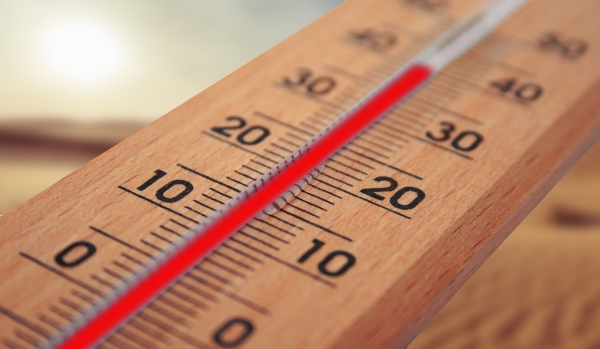Weather patterns that produced five severe heat waves in Europe over the past 30 years could kill thousands more people if repeated in today’s hotter global climate, a new study finds.
Weather patterns that produced five severe heat waves in Europe over the past 30 years could kill thousands more people if repeated in today’s hotter global climate, a new study finds. Rapid acceleration of efforts to adapt to greater extremes could save lives.
The weather patterns that produced some of Europe’s most extreme heat waves over the past three decades could prove far more lethal if they strike in today’s hotter climate, pushing weekly deaths toward levels seen during the COVID pandemic, according to a November 18 study in Nature Climate Change.
“We showed that if these same weather systems were to occur after we’ve trapped a lot more heat in the atmosphere with greenhouse gases, the intensity of the heat waves gets stronger and the death toll rises,” said lead study author Christopher Callahan, who completed the research as a Stanford Doerr School of Sustainability postdoctoral scholar and recently joined the Indiana University faculty.
Global average temperatures in recent years have approached 1.5 degrees Celsius above pre-industrial levels and about 0.7 degrees above the 2003 average, when a heat wave killed more than 20,000 people across Europe. This year, 2025, researchers estimated thousands of people may have lost their lives because of extreme heat during the fourth-hottest summer in European history.
Read More: Stanford University
Photo Credit: geralt via Pixabay




